-
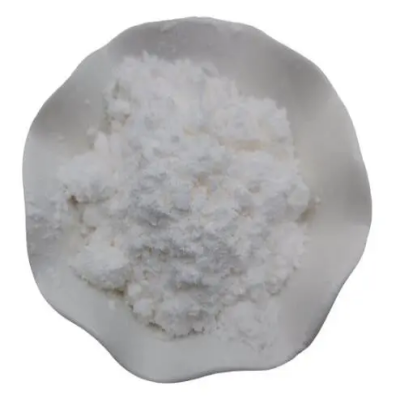
2,4-Dichlorobenzonitrile CAS:6574-98-7
2,4-Dichlorobenzonitrile is a chemical compound with diverse applications. With the molecular formula C7H3Cl2N, it is commonly abbreviated as DCBN.
-

(3-Chlorophenyl)acetonitrile CAS:1529-41-5
(3-Chlorophenyl)acetonitrile is an organic compound with the chemical formula C8H6CIN. It appears as a colorless liquid with a distinct odor. This compound is commonly utilized in organic synthesis and pharmaceutical research due to its versatile properties.
-
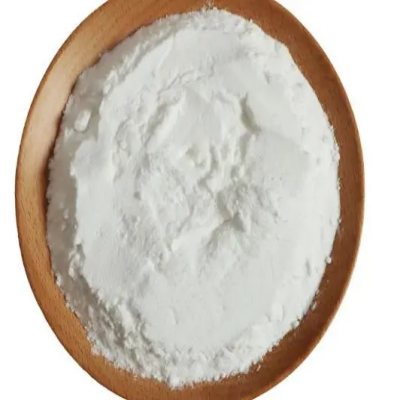
2,3-Dichlorotoluene CAS:32768-54-0
2,3-Dichlorotoluene is an organic compound with the chemical formula C7H8CI2. It is a colorless liquid with a sharp odor. This compound finds applications in various industries and scientific research due to its unique properties.
-
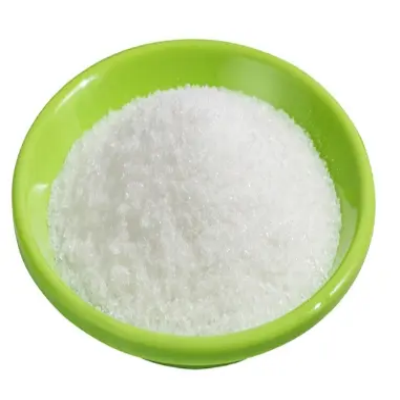
2,3-dichlorobenzonitrile CAS:6574-97-6
2,3-Dichlorobenzonitrile is a chemical compound composed of a benzene ring with chlorine atoms (Cl) attached at positions 2 and 3, along with a cyano group (CN). Its molecular formula is C7H3Cl2N.
-

3-(amidinothio)-1-propanesulfonicacid CAS:21668-81-5
3-(Amidinothio)-1-propanesulfonic acid is a chemical compound known for its versatile applications. With the molecular formula C4H10N2O3S2, it is commonly abbreviated as ATS.
-
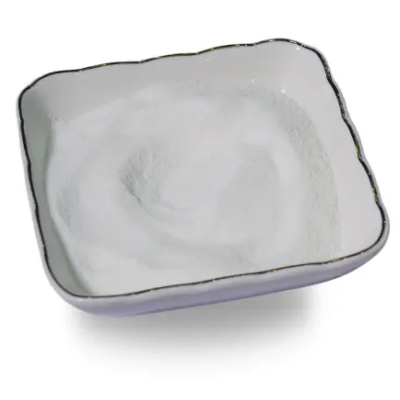
2-Fluorobenzonitrile CAS:394-47-8
2-Fluorobenzonitrile is a chemical compound consisting of a benzene ring with a fluorine atom (F) attached at position 2, along with a cyano group (CN). Its molecular formula is C7H4FN.
-
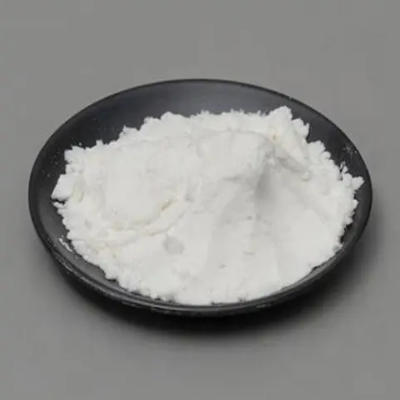
2-Chlorotrichlorotoluene CAS:2136-89-2
2-Chlorotrichlorotoluene is an organic compound with the chemical formula C7H4CI4. It exists as a colorless liquid with a sharp odor. This compound is commonly utilized in various industrial processes and scientific research due to its unique properties.
-
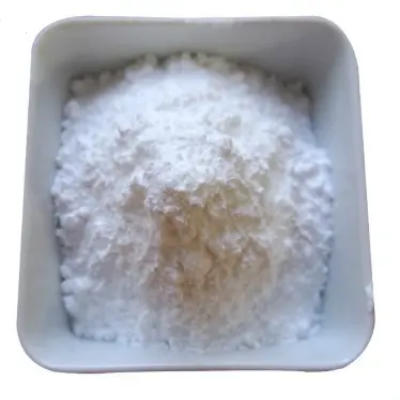
Ethyl 4-Methylpiperazine-2-carboxylate CAS:63285-60-9
Introducing Ethyl 4-Methylpiperazine-2-carboxylate, a valuable compound designed to facilitate your research and development endeavors. This versatile molecule boasts a unique molecular structure that lends itself to a myriad of applications in organic synthesis, pharmaceuticals, and chemical biology. The ethyl group confers solubility and ease of handling, while the piperazine ring offers a diverse array of reactivity and pharmacological potential. Whether you’re conducting fundamental research, drug discovery, or chemical process optimization, this compound serves as an indispensable building block for your scientific pursuits.
-
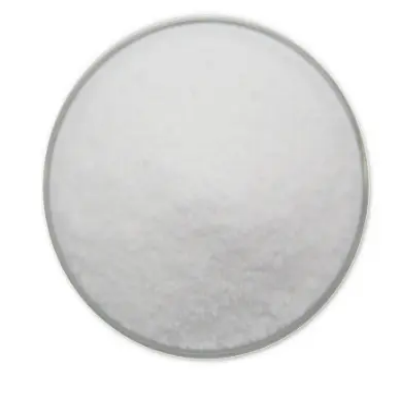
Sodium 2-nitro-1,3-dioxopropan-2-ide hydrate 1932008-66-6
Sodium 2-nitro-1,3-dioxopropan-2-ide hydrate, a compound exhibiting unique chemical properties, introduces a novel avenue for scientific exploration. With its distinctive molecular structure, this product presents intriguing possibilities for applications in organic synthesis, chemical transformations, and pharmaceutical development. The presence of the 2-nitro-1,3-dioxopropan-2-ide moiety, combined with the hydrate form, offers a versatile platform for innovation and discovery across various scientific disciplines, promising advancements in both academic research and industrial applications.
-

ethyl 2-ethylcyclopropanecarboxylate CAS:115188-22-2 1932008-66-6
Introducing ethyl 2-ethylcyclopropanecarboxylate, an innovative compound poised to make significant contributions to scientific exploration. With its unique molecular structure, this product holds promise for applications in organic synthesis, medicinal chemistry, and materials science. The incorporation of an ethyl group into the cyclopropane backbone offers distinct reactivity and versatility, positioning it as a valuable tool for innovation and discovery across diverse scientific disciplines.
-
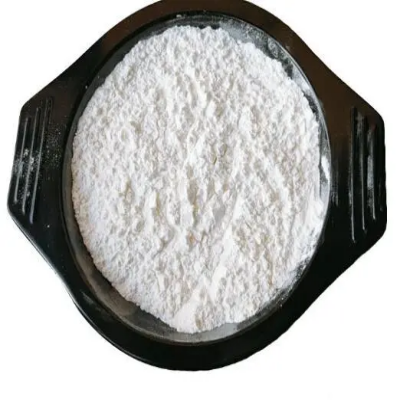
Quinazoline-8-carboxylic acid CAS:1783401-69-3
Introducing Quinazoline-8-carboxylic acid, a potent compound designed to catalyze your scientific pursuits. With its distinct molecular architecture, this product holds immense promise for applications in organic synthesis, medicinal chemistry, and materials science. The quinazoline core, coupled with the carboxylic acid functionality, presents a versatile scaffold for diverse chemical transformations and structural modifications. Whether you’re exploring novel synthetic methodologies, designing bioactive molecules, or engineering advanced materials, this compound serves as a fundamental asset for innovation and exploration across various scientific disciplines.
-

Quinazoline-8-carbaldehyde CAS:1823899-37-1
Introducing Quinazoline-8-carbaldehyde, a groundbreaking compound poised to revolutionize scientific exploration. With its distinctive molecular structure, this product holds immense potential for applications in organic synthesis, medicinal chemistry, and materials science. The quinazoline scaffold, coupled with the aldehyde functionality, offers a versatile platform for innovation and discovery across diverse scientific domains. Whether delving into novel synthetic routes, designing bioactive compounds, or developing advanced materials, this compound serves as a cornerstone for pushing the boundaries of scientific knowledge and application.

